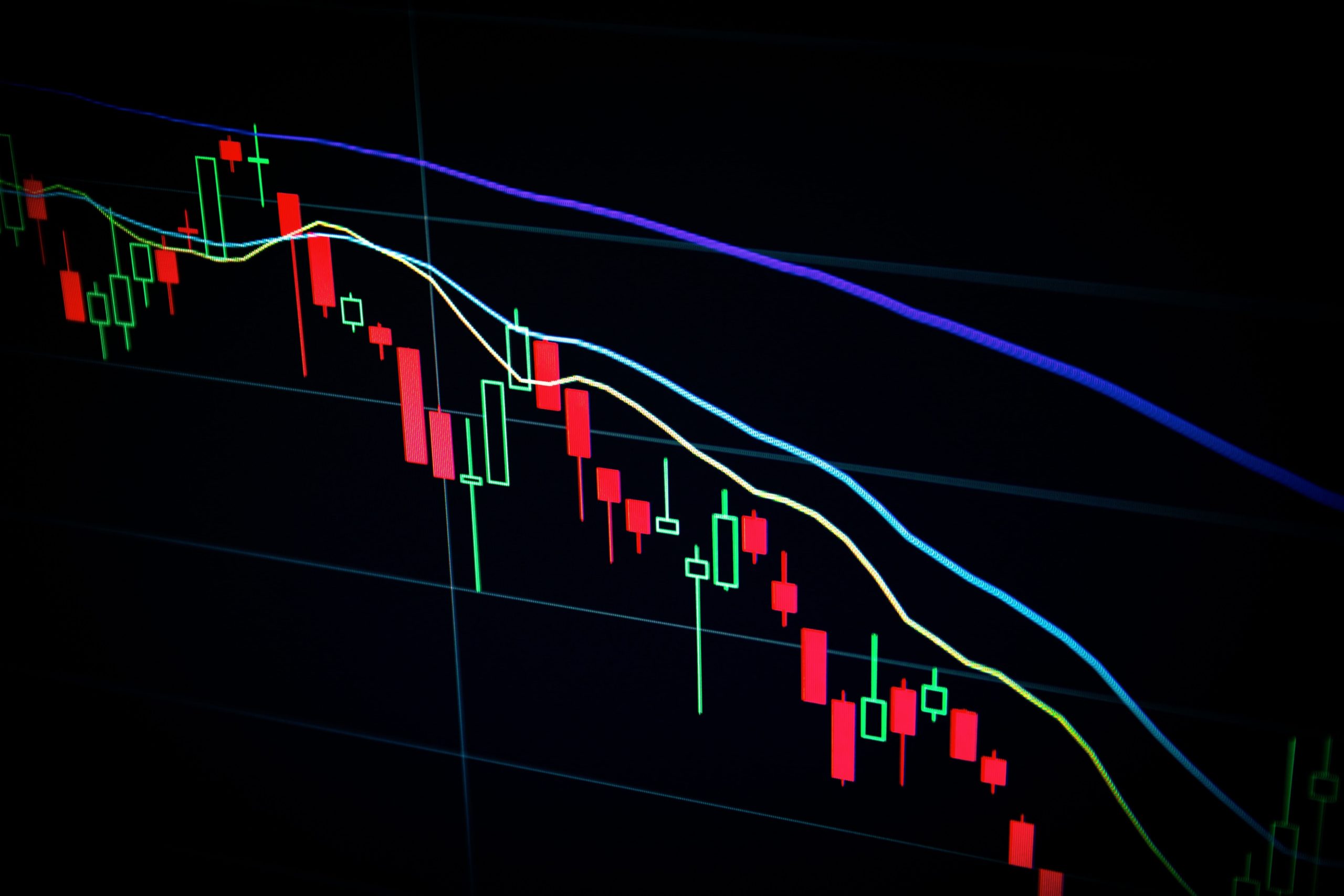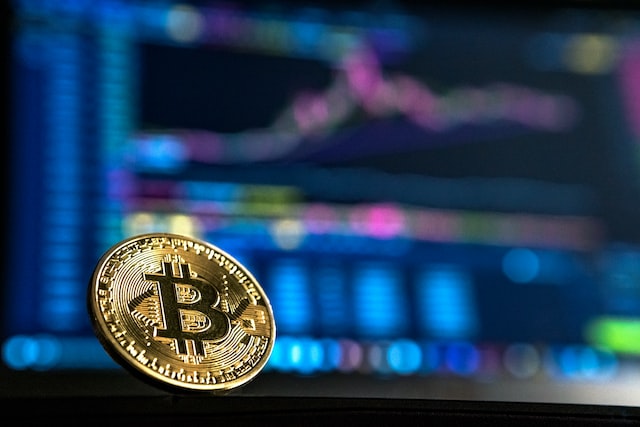Bitcoin is a sovereign system of digital money. It has no direct correlation to any real-world currency, nor is it controlled by any government or centralized entity. But people can (and do) use it to purchase real-world items at major retailers such as Overstock.com and Expedia.
To process these transactions securely, entities called miners compete to solve mathematically complex problems. The miner who is successful in solving the problem adds a block to Bitcoin’s blockchain and receives a reward of 6.25 bitcoins. In November 2020, a single bitcoin was worth more than $18,000—meaning every successful miner receives more than $100,000 worth of Bitcoin.
Not only is this a reward for the miner’s efforts, but the process of mining is how new bitcoins are generated and introduced into circulation.
How Bitcoin Mining Works
All mining starts with the blockchain. This is an online decentralized ledger that records transactions throughout a network. A group of approved transactions is called a “block.” These blocks are tied together to create a “chain,” hence the term “blockchain.”
In the Bitcoin network, a miner’s goal is to add individual blocks to the blockchain by solving sophisticated mathematical problems. This requires enormous computational and electrical power. While many miners compete to add each block, the miner who solves the problem will actually add the block—along with its approved transactions—to the blockchain. This miner receives a reward of 6.25 bitcoins (as of November 2020).
Due to the inherent difficulty in mining bitcoins, there are a number of requirements when it comes to the actual mining process.
What Do I Need to Mine Bitcoin?
Bitcoin is designed to adjust the difficulty required to mine one block every 14 days (or every 2,016 blocks mined). The overarching goal is to maintain the time required to mine one bitcoin to 10 minutes. Since Bitcoin has been around since 2009, its mining difficulty is currently extremely high, which is why resource-intensive, powerful hardware is required to mine it
The first and most important piece of equipment needed to mine bitcoin is specialized mining hardware called application-specific integrated circuits, or ASICs. A new ASICs device can cost anywhere from several hundred dollars to $10,000. But the price of mining hardware is only a fraction of the expense involved. ASICs consume tremendous amounts of electricity, the cost of which can quickly exceed the cost of the device using it.
You’ll also need to choose Bitcoin mining software to join the Bitcoin network. This isn’t nearly as expensive as hardware. In fact, plenty of reliable software options are available for free.
To determine the profitability of Bitcoin mining, all expenses must be considered: hardware, software, and electricity. The current value of Bitcoin, which consistently fluctuates, must also be taken into account, as well as taxes you might pay.
Can You Make Money From Mining Bitcoin?
At first glance, Bitcoin mining appears profitable. As of November 2020, the reward per block was 6.25 bitcoins, and one bitcoin is worth almost $18,000. According to these figures, Bitcoin generates more than $100,000 worth of value every 10 minutes. If that sounds too good to be true, that’s because it is—in part.
A single ASIC can consume as much electricity as 500,000 Playstation 3 devices, which is why Bitcoin mining simply isn’t profitable from home.6
The profitability of Bitcoin mining depends mostly on the cost of electricity. For example, if you live in Louisiana and access electricity at an industrial rate of 4.58 cents per kilowatt-hour—which is the cheapest in the United States—you will lose money, even with top-notch ASICs hardware.7
Fortunately, Bitcoin mining enthusiasts without direct access to cheap electricity have another option.
Mining Pools
One way in which Bitcoin mining can still be profitable—and perhaps the only way—is through mining pools. These enable miners to pool their resources, adding power but splitting the difficulty, cost, and reward of mining Bitcoin. There are several well-known Bitcoin mining pools across the globe, including F2Pool, Poolin, and BTC.com.
When a mining pool is rewarded, the individual miners get a very tiny piece of this reward. One bitcoin can be divided by eight decimal places, meaning a transaction of 0.00000001 BTC can be facilitated by the Bitcoin network, thus accommodating thousands of Bitcoin miners who collaborate through mining pools.8
But miners might still wait a long time to successfully reap their reward. Though this is highly speculative, one analysis found that top-notch ASICs hardware would require about 1,200 days to receive one bitcoin from mining efforts as part of a pool.
Taxes
The IRS treats cryptocurrencies (including Bitcoin) received from mining as income. A miner needs documentation proving when a bitcoin was mined. The bitcoin will be valued based on its price the day it was mined. If a bitcoin is later sold at a higher price, the miner will need to pay capital gains tax on the difference.
If a mining operation is not part of an established business, additional tax obligations could apply. Such miners are likely to owe a self-employment tax of 15.3% on their annual income.
How to Start Mining Bitcoin
Though it is extremely difficult and rarely profitable, Bitcoin mining is still feasible. While the best results will derive from joining a mining pool, the following steps can be taken to venture into Bitcoin mining:
- Calculate profitability: Primary expenses will include the cost of electricity and mining hardware. Any profit will largely depend on Bitcoin’s value, which is volatile.
- Get mining hardware: Once initial calculations are made, expect to spend anywhere from several hundred to several thousand dollars on mining hardware.
- Choose mining software: Next, you need a platform through which you can access the blockchain and manage your mining. There are a lot of popular Bitcoin mining software options to choose from.
- Install a Bitcoin wallet: When you’ve mined bitcoins, you’ll need a place to store them, called a Bitcoin wallet. Digital wallets let you store your bitcoins in “the cloud” but are a common target for cybercriminals. An offline wallet stores bitcoins in a device that is disconnected from the internet, offering added security.
- Enter a mining pool: Joining a mining pool offers the greatest chance of success.
- Get started: Once the previous steps are complete, you can start mining. This is a very passive enterprise, but the equipment should still be routinely checked to ensure everything is working properly.










